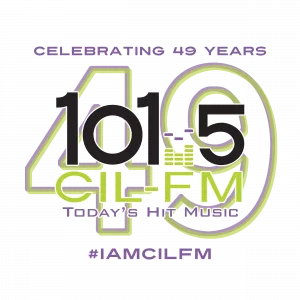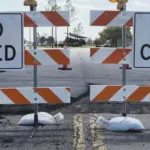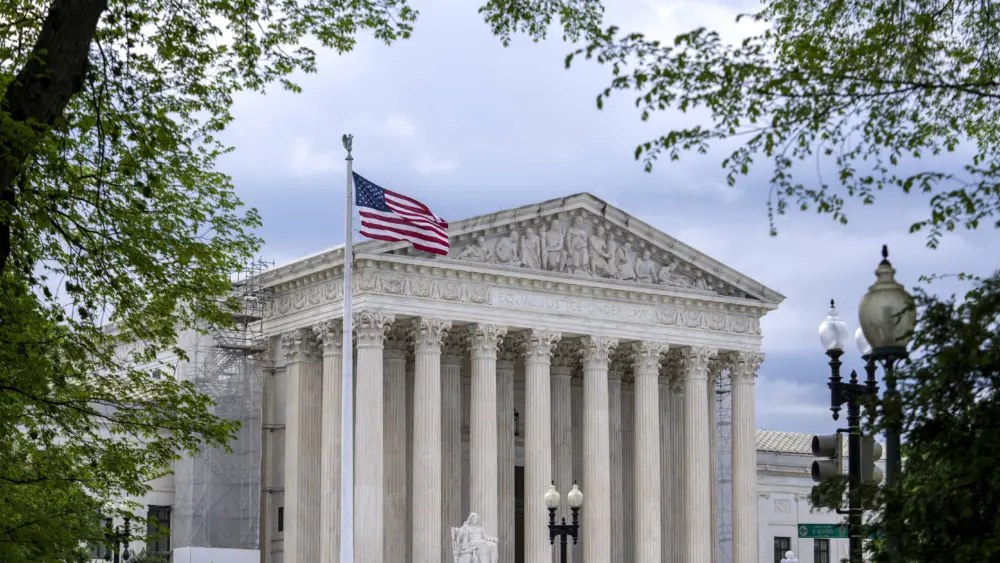SPRINGFIELD, Ill. (IRN) — The once-a-decade redistricting of redrawing political boundaries of Illinois is underway, a process that is complicated and often controversial.
A University of Illinois Extension webinar Tuesday featured a panel that dove into the process and addressed what lies ahead.
Redistricting is arguably the most political procedure conducted by Illinois lawmakers, with the maps’ boundaries a determinant for which political party will control the General Assembly as well as control of the state’s congressional delegation in Washington D.C.
Chris Mooney, professor of political science at the U of I in Chicago, says a lot is at stake.
“Demographics can’t be overcome completely, but the way you cut up a district can have a marginal effect on who gets elected and what parties win, and the policies that get passed,” Mooney said.
Democrats control the Illinois legislature and governor’s office, meaning Republicans this time around will have little input into the map-making process.
U of I political science professor Brian Gaines said his research shows most people are not aware of the process.
“One of the things we found is that people are not very good at telling you who is drawing the maps, as if you ask who draws the state maps, house districts or the county districts, most people don’t know,” Gaines said. “If they tell you they know, they might give you the wrong answer.”
The process for congressional redistricting is different from legislative redistricting because the number of U.S. House districts in Illinois depends on population changes around the country. Illinois currently has 18 U.S. House seats, but is expected to lose at least one seat due to population losses.
Democratic lawmakers opted not to follow states like Michigan in asking the courts to move the redistricting deadline from June 30, but instead plan to use data from the 2010 Census along with updates from the Census Bureau’s “American Community Survey.”
“It is certainly possible that what will happen I think if the census data looks a lot different from estimates there might be litigation and there might be more redistricting than what we expect,” Gaines said.
By KEVIN BESSLER for the Illinois Radio Network











